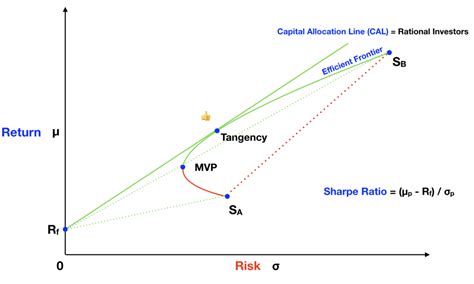Demystifying The Professional Portfolio Concept

Are you confused about what a professional portfolio is and how it can benefit your career? You’re not alone. Many professionals struggle with the concept of a professional portfolio and how to create one that showcases their skills and accomplishments. In this article, we’ll explain what a professional portfolio is, why it’s important, and how to create one that will set you apart from the competition.
What is a Professional Portfolio?
A professional portfolio is a collection of documents and artifacts that demonstrate your skills, experiences, and accomplishments. It can include items such as your resume, cover letter, work samples, certificates, awards, and letters of recommendation. The purpose of a professional portfolio is to showcase your skills and abilities to potential employers or clients.
Why is a Professional Portfolio Important?
A professional portfolio is important for several reasons:
- It allows you to showcase your skills and accomplishments in a tangible way
- It sets you apart from other candidates who may only submit a resume
- It provides evidence of your qualifications and achievements
- It can be used to support your case for a promotion or raise
- It can be updated and customized for different job opportunities
How to Create a Professional Portfolio
1. Determine Your Purpose
The first step in creating a professional portfolio is to determine your purpose. Are you creating a portfolio to apply for a specific job? Or are you creating a general portfolio to showcase your skills and accomplishments to potential clients or employers? Once you determine your purpose, you can start gathering the materials you’ll need for your portfolio.
2. Gather Your Materials
Next, you’ll need to gather the materials for your portfolio. This may include your resume, cover letter, work samples, certificates, awards, and letters of recommendation. You may also want to include a personal statement or mission statement that summarizes your professional goals and values.
3. Organize Your Materials
Once you have gathered your materials, you’ll need to organize them in a logical and visually appealing way. You can use a binder, folder, or online platform to organize your materials. Be sure to label each section clearly and include a table of contents for easy navigation.
4. Customize Your Portfolio
Depending on your purpose, you may need to customize your portfolio for each job opportunity. This may involve adding or removing materials or rearranging the order of your sections to highlight specific skills or experiences.
5. Keep Your Portfolio Up-to-Date
It’s important to keep your professional portfolio up-to-date. As you gain new skills and experiences, add them to your portfolio. Remove outdated materials and update your personal statement or mission statement as needed. Keeping your portfolio current will ensure that you are always ready to apply for new opportunities.
FAQs
What should I include in my professional portfolio?
Your professional portfolio should include items that demonstrate your skills, experiences, and accomplishments. This may include your resume, cover letter, work samples, certificates, awards, and letters of recommendation.
How long should my professional portfolio be?
Your professional portfolio should be long enough to showcase your skills and accomplishments, but not so long that it becomes overwhelming for potential employers or clients. Aim for 10-15 pages, including a table of contents.
Should I create a physical or digital portfolio?
It depends on your preferences and the requirements of the job or industry you are applying to. A physical portfolio may be more appropriate for creative industries, while a digital portfolio may be more appropriate for technical industries.
Can I use my professional portfolio for multiple job applications?
Yes, you can customize your professional portfolio for each job application, but the core materials can remain the same.
What’s the difference between a professional portfolio and a resume?
A professional portfolio includes more than just your resume. It includes a collection of documents and artifacts that demonstrate your skills and accomplishments, while a resume is a brief summary of your education, work experience, and skills.
